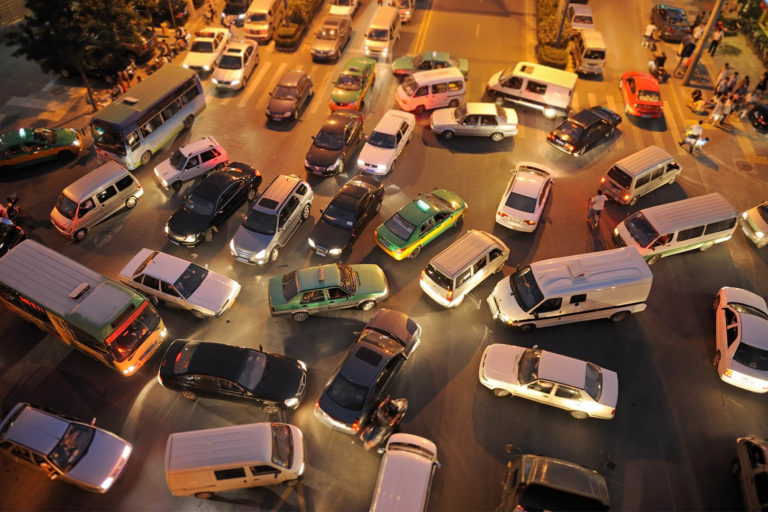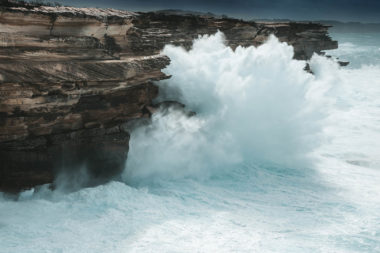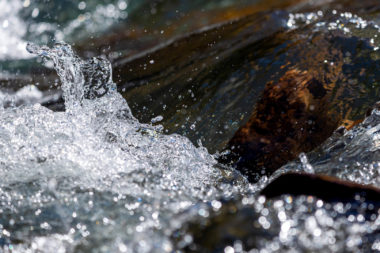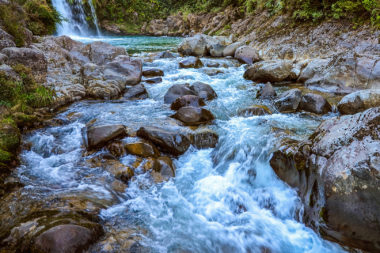
What causes back pain?
Why you get back pain can have many causes. It often starts with something we do ourselves:
- Our sedentary lifestyle, in the car or in front of the TV or computer are important factors. Like the food we eat and our often stressed life.
- We are created to move, naturally in a reasonable amount. All forms of prolonged sedentary lifestyle as well as excessive exercise are strain on the body.
- Overstraining, and for example heavy lifting, especially without slow adaptation (we want more than we really can and are ready for right then), causes micro damage in the fascia (all-around network of connective tissue) that causes inflammation and pain.
When we start to have problems, the pain in turn leads us try to avoid what hurts, we move less and above all we do not move in balance.
As we move less and in imbalance the flow in the fasciae also comes in imbalance. What is kept still stiffens even more as the flow in the fasciae becomes more viscous and the network of collagen fibers come closer and will be more dense. (read more about the flow in Fascia here). The cells also begin to produce more collagen and the fascia becomes stiffer and less mobile. We protect one body part while others become overloaded and receive increased pressure.
In the lumbar back there is a strong and dense fascia, the lumbar fascia, a so-called aponeuros fascia (see section on fascia), which is to stabilize and maintain spine and musculature. Thus, it is not the spine and musculature that alone keeps us upright, the fascia has a large part in our posture. In case of overwork, micro damage to the lumbar fascia can occur. These micro damage, in turn, causes inflammation, which is the body’s way of healing an injury. When there is inflammation, a cascade of signals between cells and the extracellular matrix is triggered, to create a healing process. Some fibroblasts (cells in the fascia) are transformed into so-called myofibroblasts, which have a contracting capacity similar to smooth muscle cells, to contract the injury, the wound. These myofibroblasts also mean that the fascia thus has a contracting ability and thus can contract – it can then get too high basic tone and become stiffer and less mobile.
The lumbar fascia is also very sensitive as it is richly innervated by various types of nerve receptors and free nerve endings, so-called nociceptors.
As the fascia becomes tighter and less mobile, these are stimulated, both by higher mechanical pressure but also chemically by signal proteins, to signal pain. Which in turn will make us move even less. The flow decreases and the pressure becomes higher, a vicious circle
Back pain can be inflammation in the Fascia
Sources: (Panjabi 2006; Schleip et al 2007; Wight T & Potter-Perigo S, 2011; Langevin et al 2011; Tesarz et al, 2011; Hoheisel et al, 2015; Mense & Hoheisel, 2016; Schleip & Klingler, 2017; Wilke et al, 2017)




